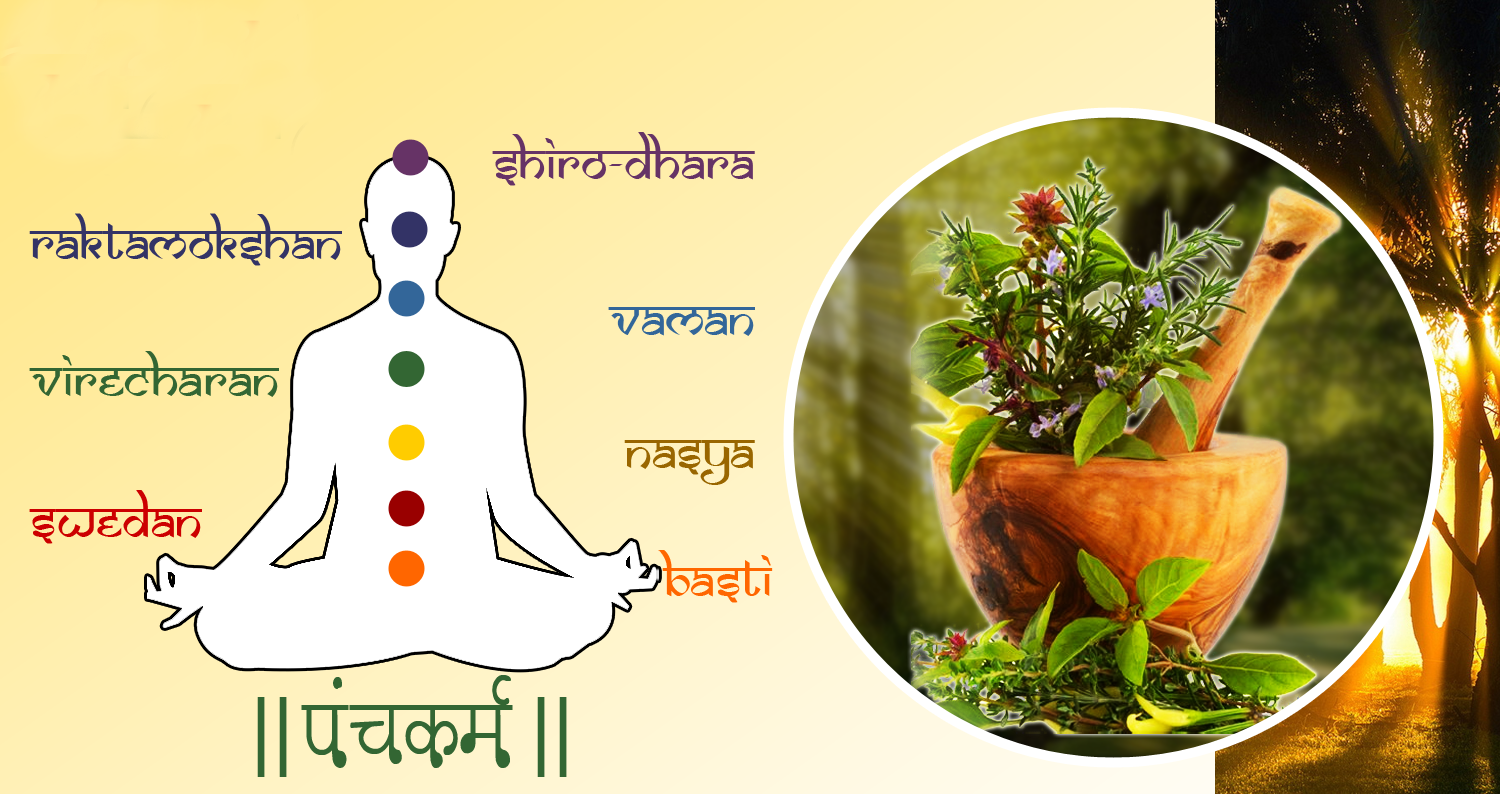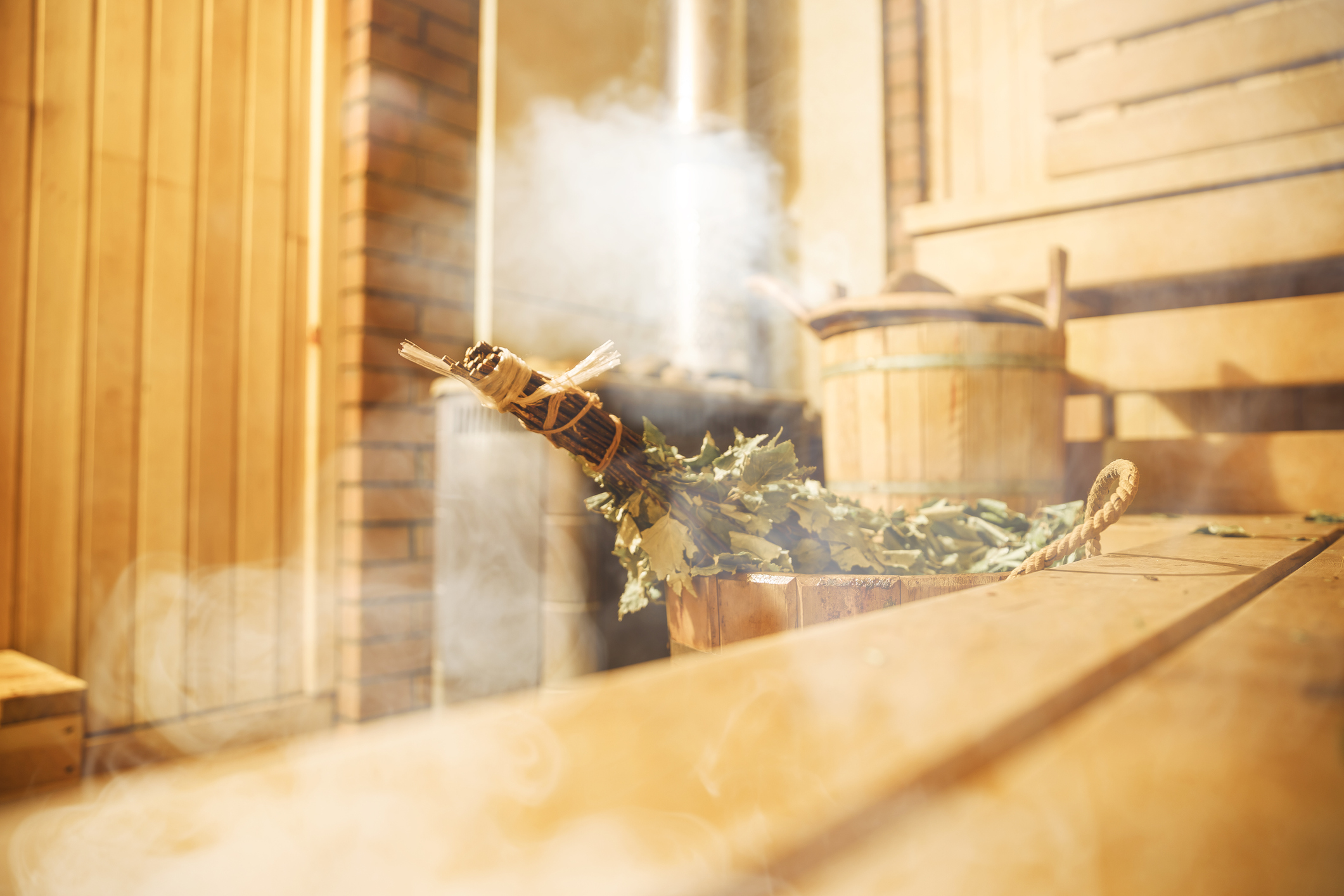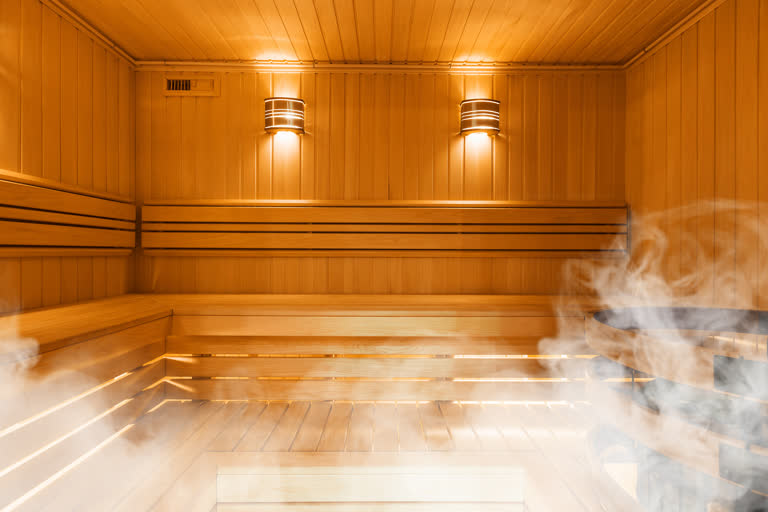Every season has its own effects on a person’s health. While in summers we perspire more, in winters it is completely opposite. Therefore, all these changes push us to embrace certain changes in our seasonal regime. Our Ayurvedic expert, Dr. P V Ranganayakulu, PhD History of Ayurveda says, 'The winter is particularly harsh towards the human body because of absence of perspiration, less peripheral blood flow, inactive muscles, increase of sleep time and elevated appetite. All these demand more physical activity. Thus, Steam and sudation are two important proactive and preventive measures that help us go through the harsh winters”.
Panchkarma In Ayurveda

Dr. Ranganayakulu explains that Ayurveda is known for panchakarma, five unique therapeutic procedures, which help the body in adapting to the hostile climates. Svedana (induced therapeutic sweating) is one of these five procedures. Here, the body is made to sweat by increasing the ambient temperatures, in order to stimulate the metabolism. The process is preceded by snehana (unction or lubrication) both internally and externally.
These methods are recommended to the patients suffering from vata (gout, rheumatism etc.) and kapha (obesity, loss of appetite etc.) disorders.
First, unction, application of oily stuff, all over the body is important before steam therapy is initiated. Oil is also administered internally so that the body is well anointed both internally and externally. Ghee, sesame oil processed with milk and few medicinal plants like green gram, horse gram are administered as unction. Once the body is well oiled application of steam in different forms is administered depending on tolerance and necessity of the person. A qualified Ayurveda physician will decide upon the course of the treatment and its duration.
Traditional Hydrotherapies

Ayurveda talks about thirteen different varieties of steaming methods, including:
- Avagaha sveda (tub fomentation)
- Nadi sveda (tubular fomentation)
- Upanaha sveda (poultice fomentation)
- Sankara sveda (fomentation using bolus)
- Prasthara sveda (lying on medicinal mattress)
- Nadi parisesha (shower technique)
- Jentaka sveda (sudation in a room)
- Asmaghana sveda (lying on heated slab of stone)
- Karshu (heat in a trench under bed)
- Kuti (cottege)
- Kumbhi (using a pitcher)
- Holaka sveda (heating over a pile of dungs)
In these methods the patient is allowed to sweat for a specific time. All these procedures use steam or direct heat so that the body sweats a lot. Some of these techniques are outdated today, however, Sauna is popular today. Some other procedures that may induce sweating include exercise, staying in a warm chamber, wearing thick clothing, restraining hunger, consuming excess liquids / alcoholic beverages, fear, anger, wrestling and sun bath.
Ayurveda mandates special precautions before application of steam as a therapeutic procedure. Older people do not fit for these procedures. For them, Ekanga Sveda (application of steam to a particular part of the body) may be done to limit the side effects. Mrudu Sveda or mild fomentation or steaming, is another way of treatment for weak persons. Prior to the steaming sessions, the vitals like electrolytes, blood urea, creatinine, hemoglobin, hematocrit etc. have to be recorded. If a person is exercising intolerance, heat intolerance too will persist.
Benefits Of Steam And Sudation
All these therapies are highly beneficial for the body. They improve bowel-bladder function, decrease joint stiffness, relieve muscle spasm, reduce pain, inflammation and swelling. The medicated steaming is also very effective in fighting the viral infections of the respiratory system including sinusitis. Also, winters are the best time to go for these steam therapies, however, it must be performed under medical supervision only.



